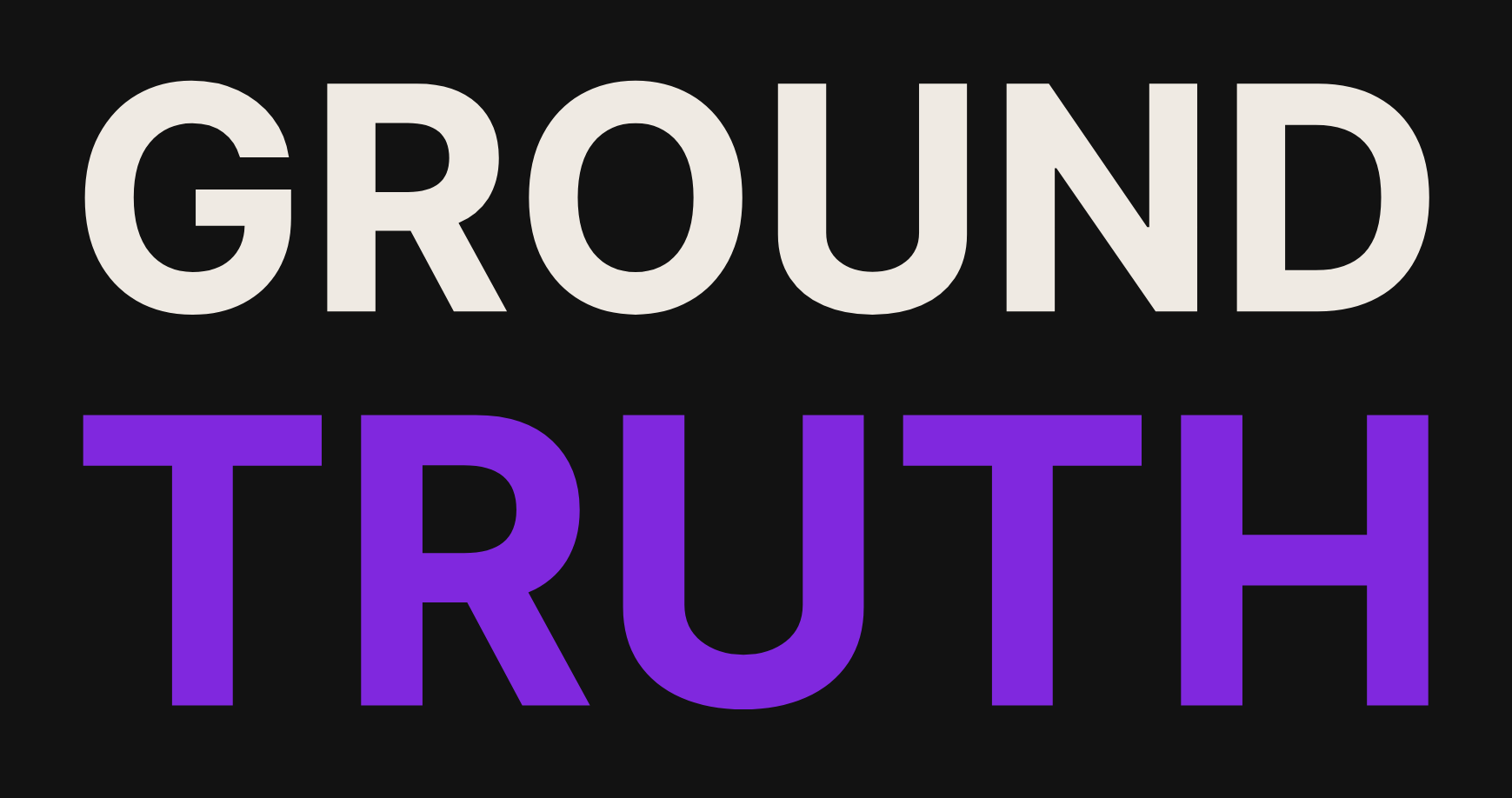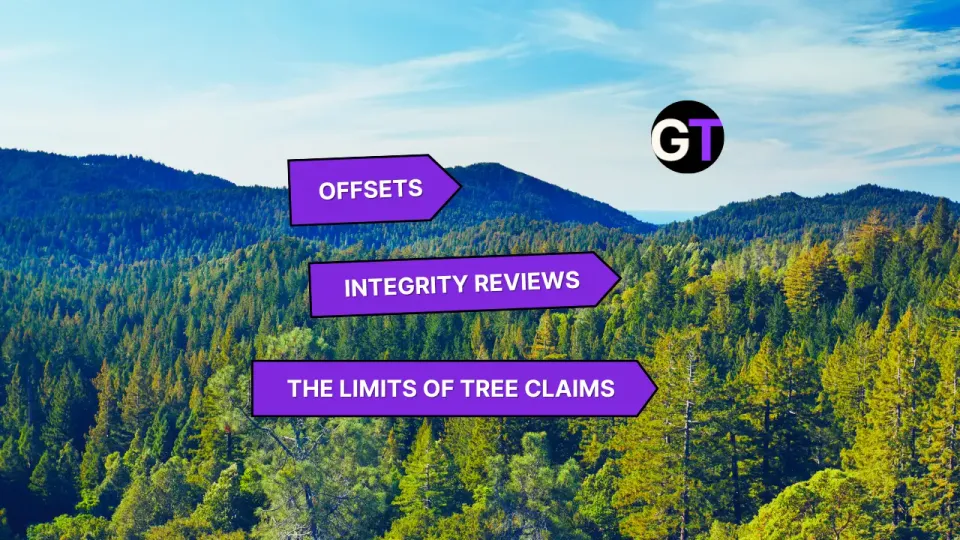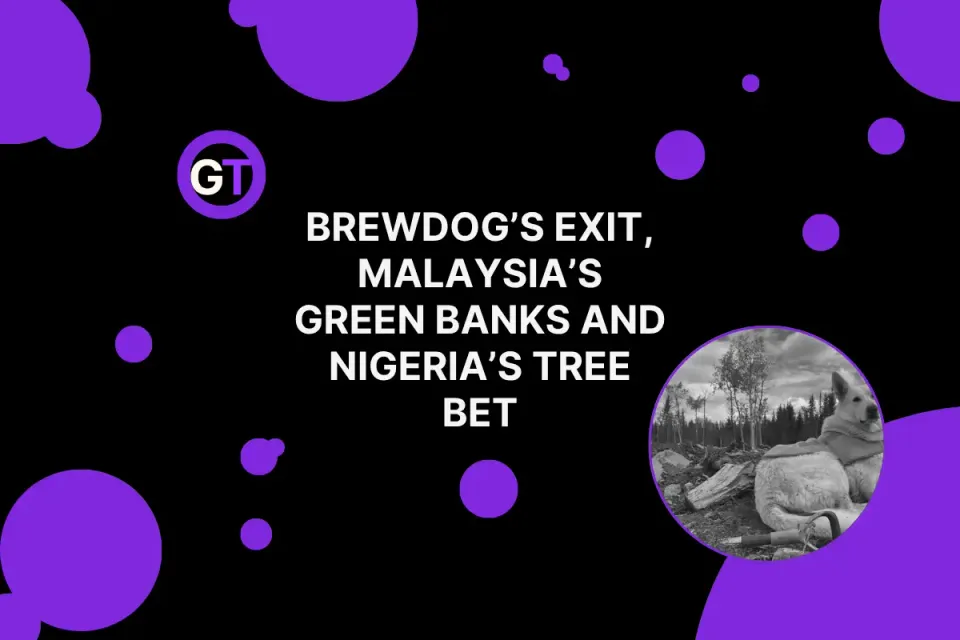Do Tree Planting Promises Measure Up? - Sri Lanka Edition
A tech-driven tree-planting platform with big promises—but does it deliver on transparency? We dig into the details.
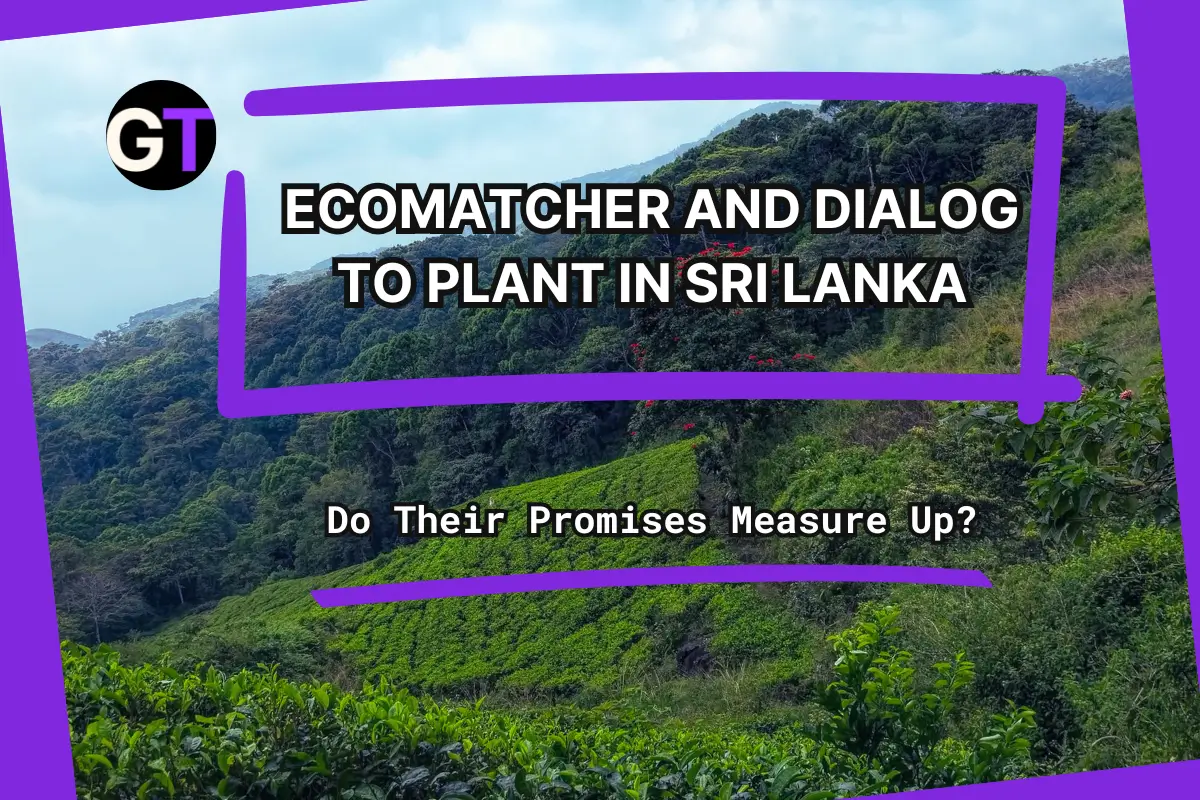
Click to Plant: A Digital Dialog on Reforestation
Dialog Axiata has partnered with EcoMatcher to launch what they describe as Sri Lanka’s first tech-driven tree-planting platform, which went live in January. The initiative claims to offer a transparent, trackable system for individuals and businesses to contribute to reforestation and carbon offsetting.
So how transparent is this really? We did some digging to find out more. Let's dive into it:
Tech-Driven Transparency: How EcoMatcher Works
According to EcoMatcher, the platform works with vetted global foundations to ensure accountability, allowing users to track their trees’ growth and monitor carbon absorption. Businesses can also plant large-scale forests, gift trees, and integrate sustainability tracking via API and impact reporting tools.
The platform is also set to offer Verra-certified carbon credits for corporate users. Dialog’s CEO, Supun Weerasinghe, describes it as a move toward greater corporate climate responsibility.
A Closer Look: Local Trees, Local Heroes
I took a quick peak at EcoMatcher's website to see whether it lives up to the hype. What I found was pretty interesting.
For starters, you can see profiles with pictures of the actual planters. That's a pretty big deal. Lots of NGO's and social enterprises will give you a nice slideshow of their office team, without showing you who's actually getting their hands dirty. So props to EcoMatcher for trying to give credit where credit is due. As a former tree-planter myself, I respect this.
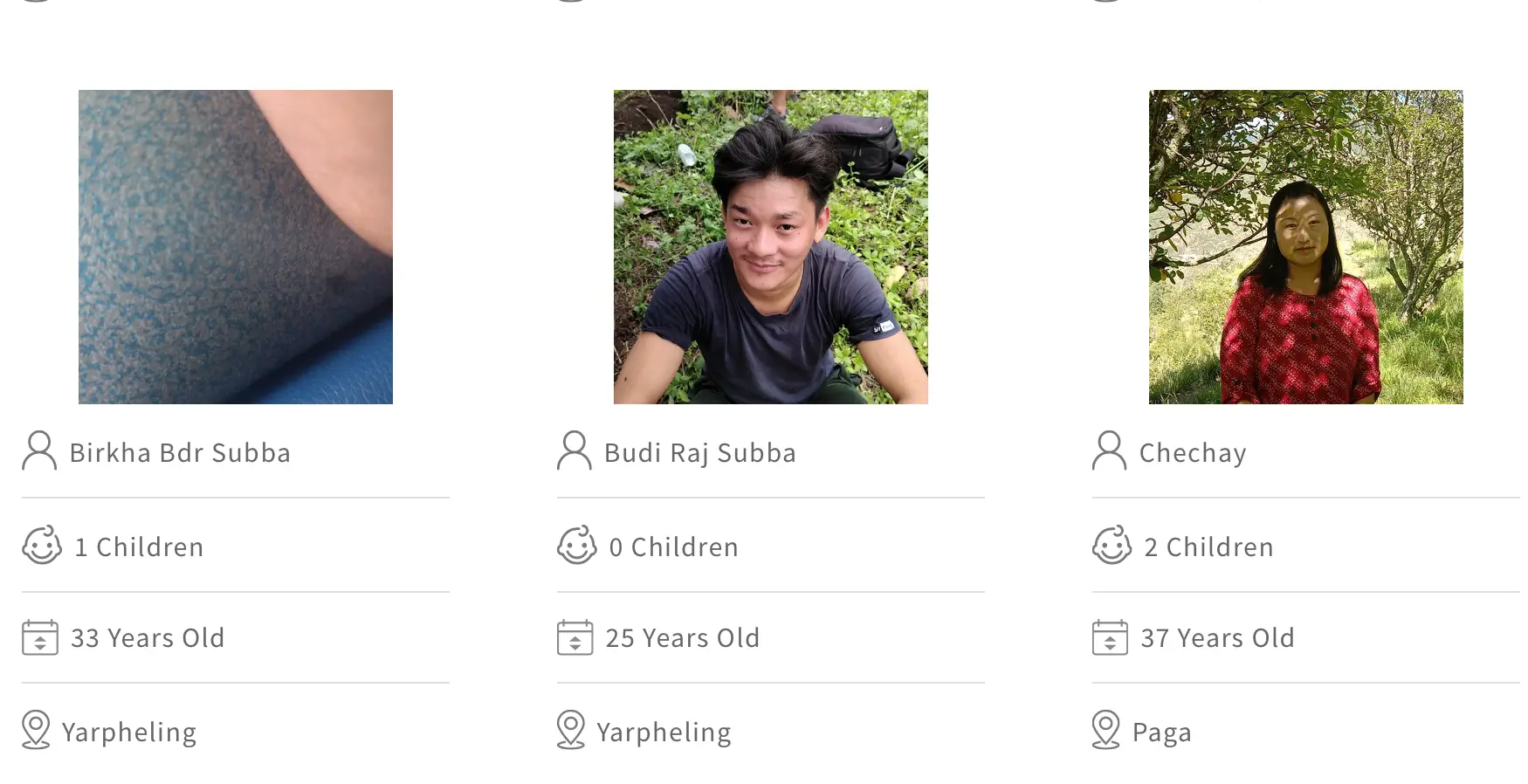
So Where Are The Trees?
If a tree-planting project won’t disclose exact locations—GPS pin, polygon, something—how do you know the trees exist? Without this, there’s no way to verify survival, prevent double-counting, or ensure long-term impact. So it is encouraging to see that Ecomatcher actually makes an effort to show us where they plant their trees.
What I saw initially on the individual project pages was not encouraging. This part of the website seems a little inconsistent when it comes to showing the actual project area, as opposed to a general operating area.
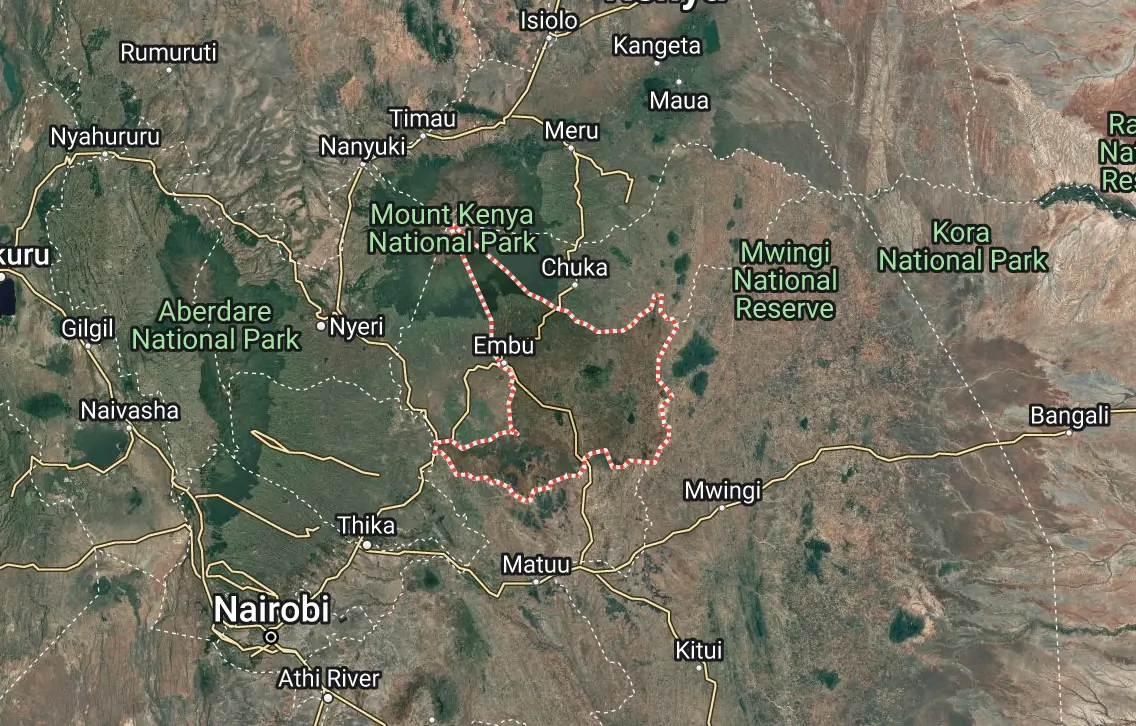
For example, I'm looking at their Kenya project right now (above). Here is the apparent planting area. But...this isnt a project polygon. It's way too big.
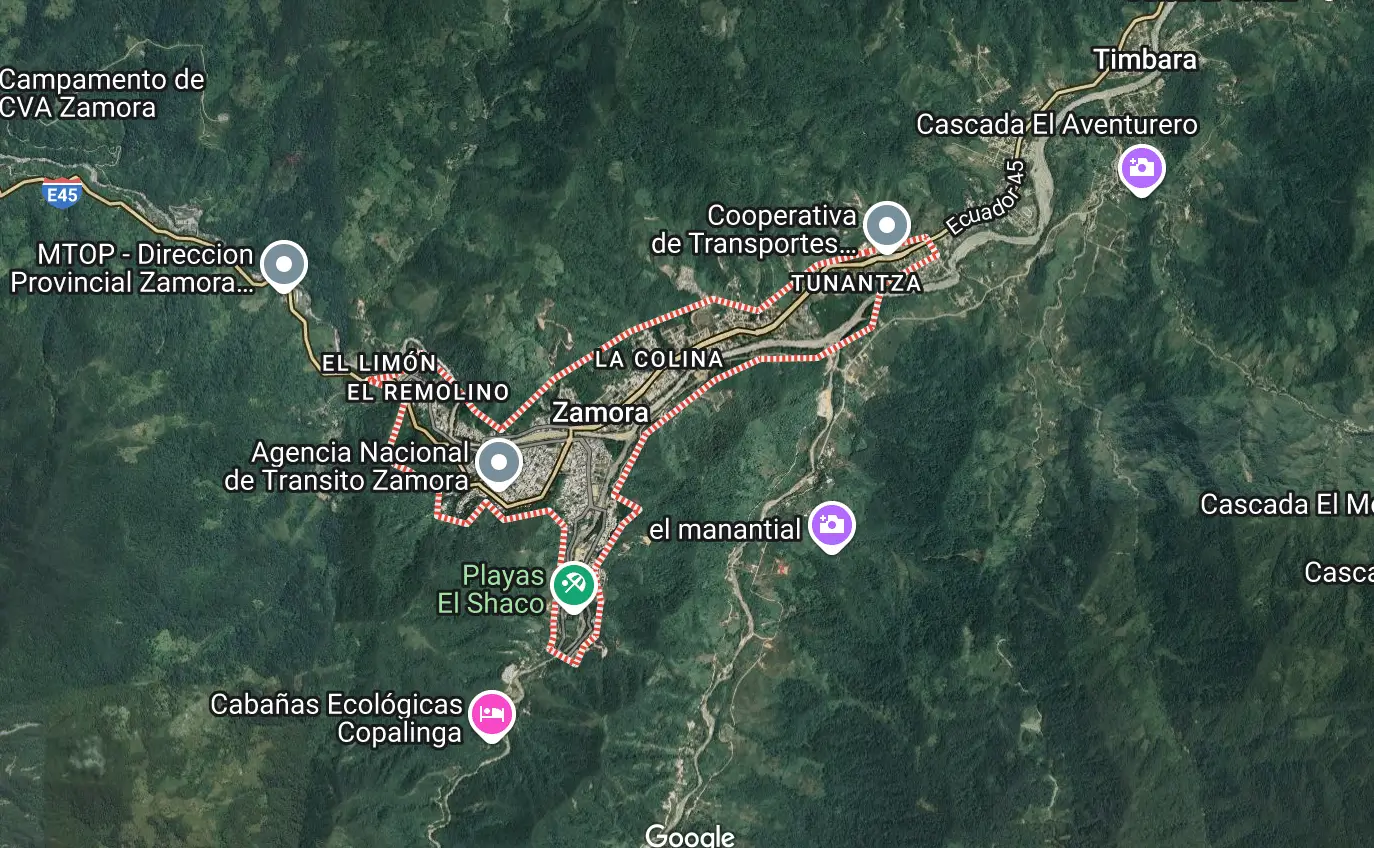
This one (above) also isn't quite right. It's meant to show us a planting project in Ecuador. But this appears to highlight the entire Zamora city limits rather than a defined planting zone. Is the project just a giant wall of trees around the city? I kind of doubt it.
However, when I opened up the "Forest Tracker" on their platform, I was pleasantly surprised by what I found....
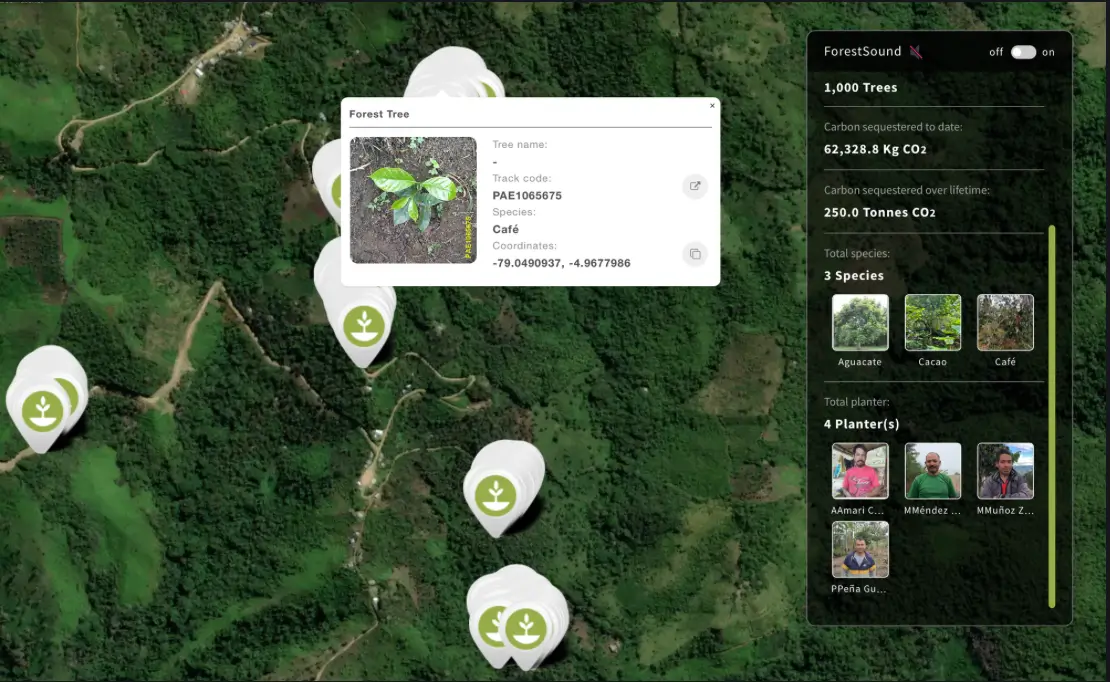
Wow. This isn’t just tree-planting—it’s tree-tracking taken to a whole new level. Every single tree—yes, every tree—comes with its own geotag, like a tiny, leafy influencer with a verified location pin. I can zoom in and see exactly where each sapling was planted—no guesswork, no vague promises, just cold, hard arboreal facts.
It’s a level of transparency that’s rare in the reforestation space, and honestly? It’s impressive (though I have questions about the scalability—see below).
Open Source Software: Blockchain for Trees
EcoMatcher’s transparency game doesn’t stop at GPS coordinates—it extends all the way to blockchain. The Tree Chain runs on the EOSIO protocol, an open-source blockchain platform designed for transparent transactions. And in a move that’s refreshingly rare in the sustainability space, the code is fully available on GitHub.
That’s right—if you’re tech-savvy (or just blockchain-curious), you can peek under the hood and see exactly how this system tracks trees in real-time. It’s a rare instance of open-source in reforestation, and honestly, more tree-planting initiatives should take notes.
Scalability
No tree-planting platform is perfect, and this one’s no exception. While the hyper-detailed GPS tracking is mind-blowingly cool, I do wonder: how scalable is this? Tagging every single tree works for smaller projects, but what happens when you’re planting hundreds of thousands—or millions—of trees? In a country like Canada, where mass reforestation happens fast and at scale, individually geotagging each tree could be a logistical nightmare.
So, is there a happy medium? Could a slightly less granular verification system work for massive projects while still ensuring transparency? Hopefully, this kind of precision inspires other tree-planting initiatives to step up their tracking game—without drowning in data.
Conclusion
There’s always room for improvement, but here’s the verdict: this one is fully Ground-Truthed, as much as it gets without visiting the trees myself. The transparency, the open-source approach, the ability to literally see every tree—it’s all incredibly promising.
While questions remain about scalability, EcoMatcher has set a high bar for accountability in tree-planting. And in an era where greenwashing runs rampant, that’s no small feat. We look forward to seeign the results of their collab with Dialog.
Would I stake my carbon offset dreams on this platform? Let’s just say, if more reforestation projects followed this level of transparency, we’d be breathing a lot easier—literally and figuratively.
Edited by Chris Harris

This work is licensed under a
Creative Commons Attribution 4.0 International License.
